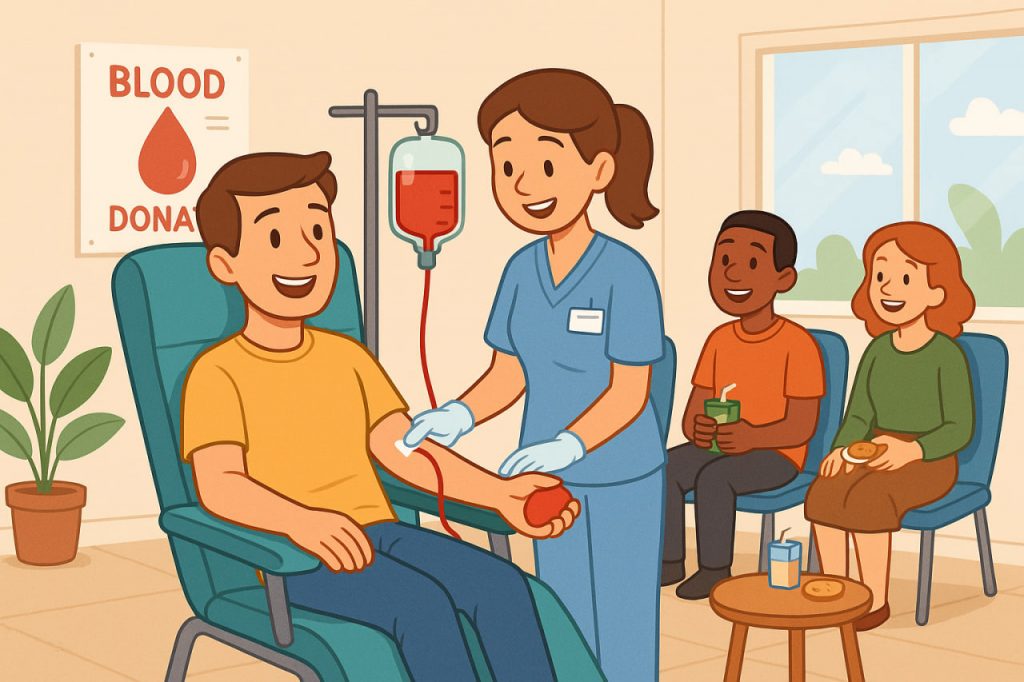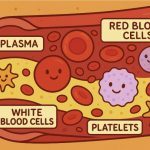Donating blood is one of the simplest, yet most powerful ways a person can help others. Every day, millions of people around the world rely on donated blood to survive surgeries, trauma, childbirth complications, cancer treatments, and chronic illnesses. Despite its importance, many hospitals face shortages. Donating blood is safe, quick, and makes an immediate difference in someone’s life.
Why Blood Donation Is Essential
Blood is a unique and irreplaceable resource. It cannot be manufactured — it must come from donors. Patients in need of surgery, accident victims, cancer patients undergoing chemotherapy, and individuals with blood disorders like sickle cell anemia or hemophilia often depend on regular blood transfusions.
One donation, which takes about 10–15 minutes, can save up to three lives, as blood is separated into its components: red blood cells, plasma, and platelets. Each of these serves different medical purposes.
Who Can Donate?
Most healthy individuals aged 18 to 65 can donate blood, depending on local regulations. Basic eligibility usually includes:
- Weighing at least 50 kg
- Being free of infections or recent illness
- Not having donated blood in the past 8–12 weeks
- Having a safe and healthy lifestyle
Before donation, a health professional checks the donor’s blood pressure, pulse, and hemoglobin levels to ensure safety for both the donor and recipient.
The Donation Process
- Registration: You fill out a questionnaire about your health and travel history.
- Health Screening: A nurse checks your vitals and determines if you can safely donate.
- Donation: The actual process lasts about 10 minutes and involves collecting 400–500 ml of blood.
- Recovery: You rest, drink fluids, and have a snack before going home.
Most donors feel fine afterward, though light fatigue or dizziness may occur. Drinking water and avoiding heavy exercise help with quick recovery.
Types of Blood Donations
- Whole blood donation: The most common and fastest method.
- Plasma donation: Used especially for burn victims, trauma patients, and clotting disorders.
- Platelet donation: Critical for cancer patients and those with low platelet counts.
- Double red cell donation: Collects more red cells for patients with anemia or major blood loss.
The Global Impact
Despite advances in healthcare, many regions face severe blood shortages. Donating regularly ensures hospitals can respond to emergencies, natural disasters, and routine treatments. Blood has a short shelf life — red cells last 42 days, platelets just 5.
Community drives, mobile blood banks, and international campaigns encourage more people to give. Voluntary, unpaid donations are the safest and most ethical way to ensure a steady blood supply.
Glossary
- Platelets – Cell fragments in the blood that help stop bleeding.
- Plasma – The liquid portion of blood carrying nutrients, hormones, and proteins.
- Red blood cells – Cells that carry oxygen throughout the body.
- Hemoglobin – A protein in red blood cells that binds oxygen.
- Transfusion – A medical process of transferring blood or components to a patient.


